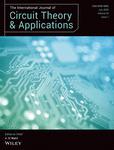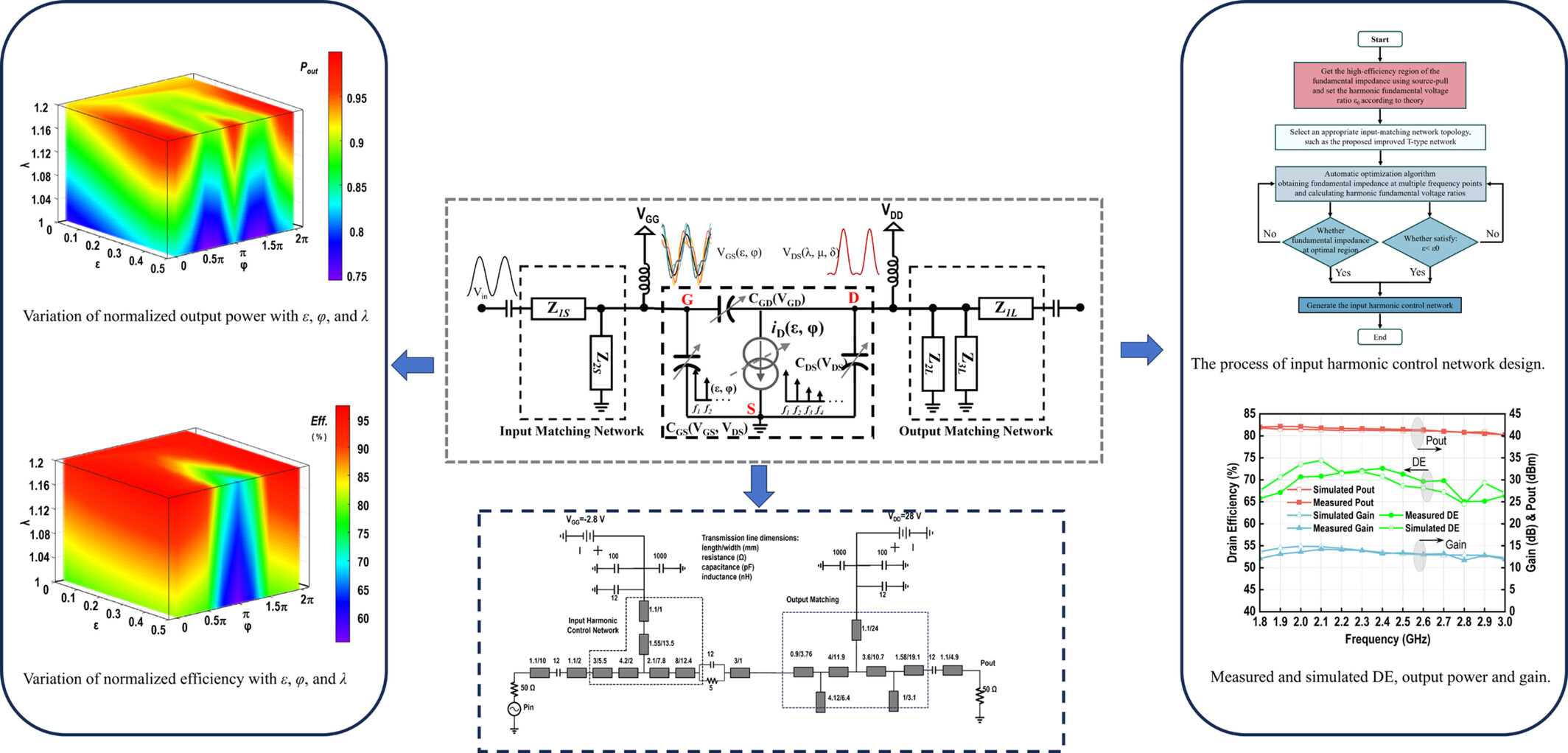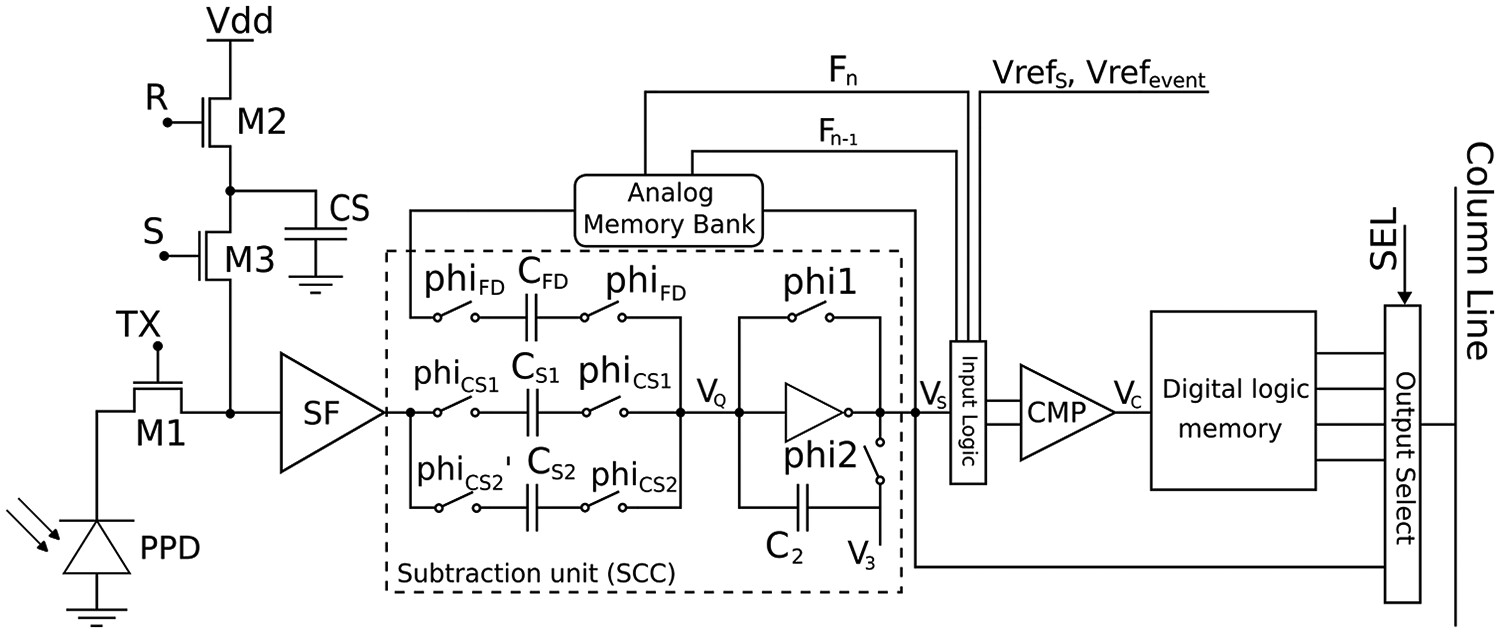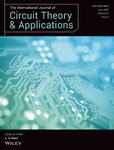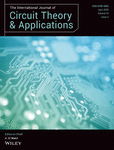Edited By: Ahmed El Wakil
The International Journal of Circuit Theory and Applications uses circuit theoretic principles and techniques to solve interdisciplinary engineering problems, with a focus on electrical engineering problems. This electrical engineering journal provides a forum for researchers to use both theory and experimental work to break new ground and identify fresh engineering challenges, publishing a broad range of original papers, brief reports, comprehensive reviews and letters. We welcome submissions on topics including fundamental circuit theory and its mathematical and computational aspects, circuit modeling of electronic devices and synthesis and design of circuits.
Journal Metrics
- 3.8CiteScore
- 1.6Journal Impact Factor
- 28%Acceptance rate
- 6 days Submission to first decision
Articles
Integrated Onboard Battery Charger for Four‐Wheel Drive Electric Vehicle Featuring Interleaved Control and Sensor Optimization
- 20 July 2025
Graphical Abstract
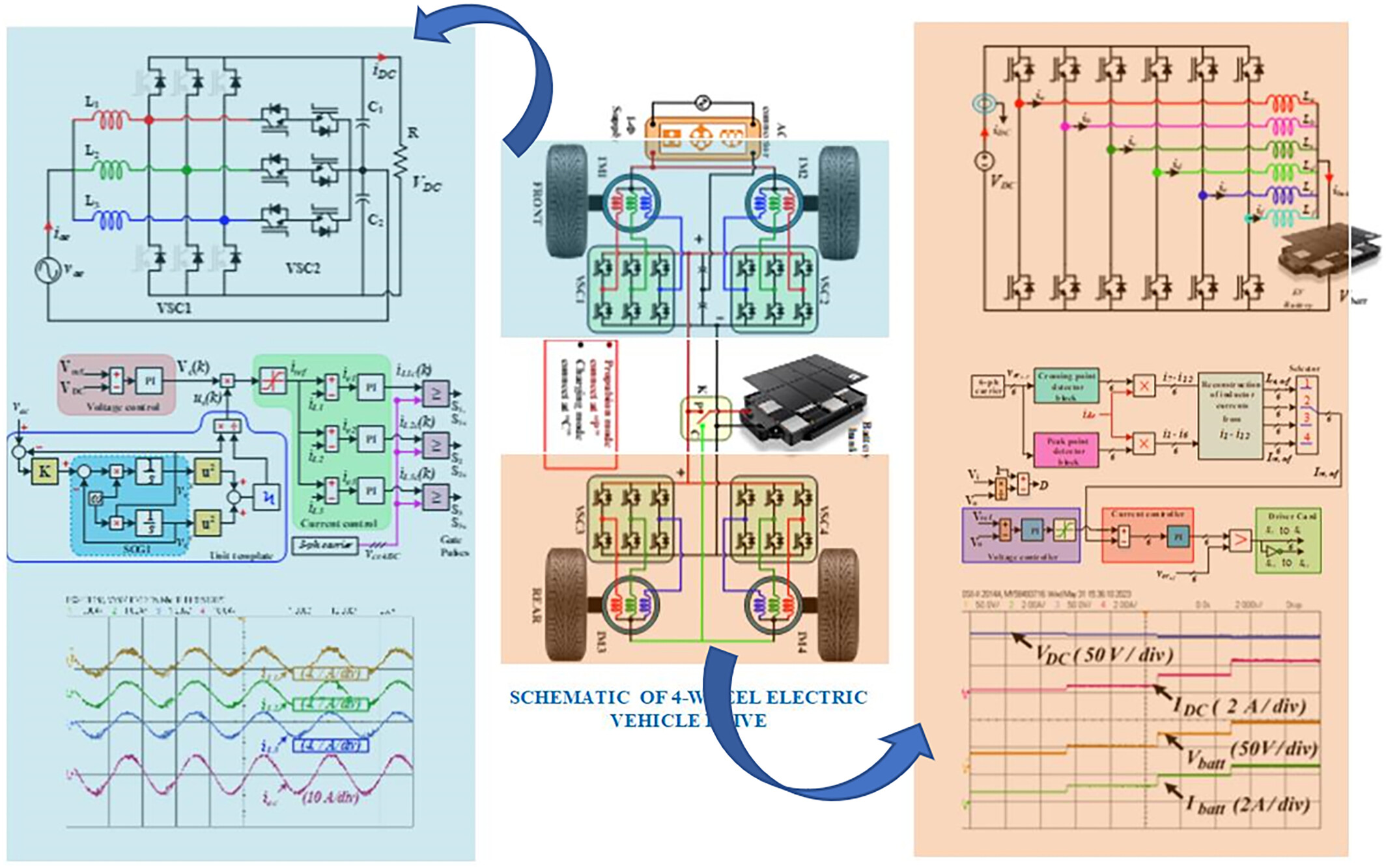
The 4WDEV features electric motor drives for each wheel, eliminating the need for a transmission system. In charging mode, the front-wheel-drive uses a three-phase PWM converter for constant DC link voltage, while the rear-wheel-drive employs a multi-phase DC-DC converter. An interleaved control technique reduces current ripple. The system is validated through simulation and lab tests, optimizing size, weight, cost, and efficiency.
Parameter Equivalence Theory of Multiple Parallel Coupled Coils With Internal Resistance Based on s‐Domain
- 20 July 2025
Graphical Abstract

A parameter equivalence theory for multiple parallel coupled coils with internal resistance based on s-domain was proposed. This theory solves and obtains the equivalent parameter by using the s-domain and theoretical mathematical derivation, which cannot be solved by using the traditional time domain analysis.
A PLL‐Less Grid Voltage Sensorless Improved Deadbeat Control for APF With LVRT Capability
- 20 July 2025
Investigation of Input Nonlinear Manipulated Broadband Hybrid Continuous Mode Power Amplifiers With a Novel Harmonic Control Network
- 19 July 2025
Model Predictive Fault‐Tolerant Control for Double‐Toothed Roller Crushers
- 17 July 2025
Graphical Abstract
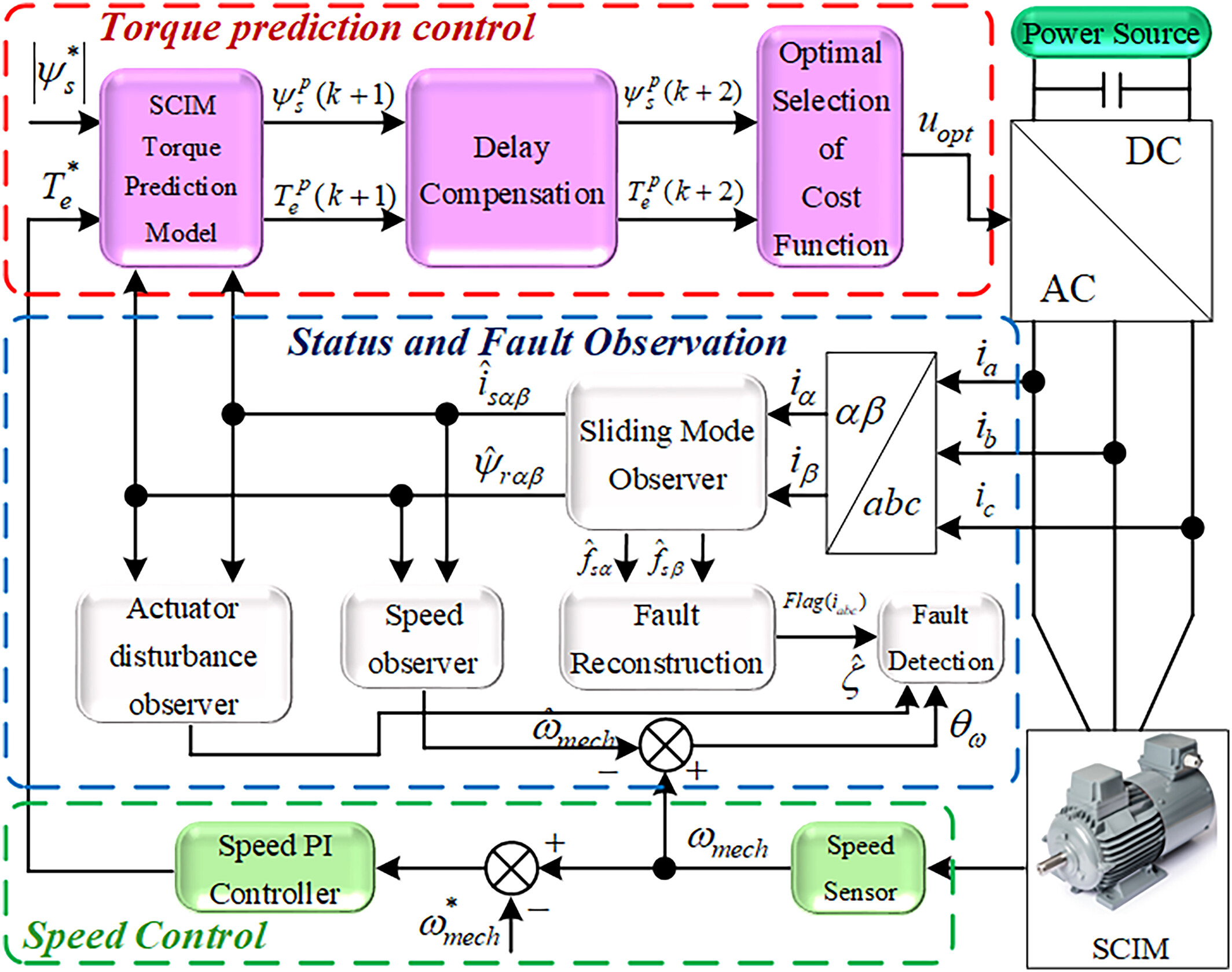
This novel model predictive fault-tolerant control framework integrates fault detection and isolation of current sensors, speed sensors, and actuators with predictive torque control, enabling double-tooth roller crushers to maintain operational continuity during sensor failures while achieving reduced torque ripple and superior noise rejection.
Using neural network super‐twisting sliding mode to improve power control of a dual‐rotor wind turbine system in normal and unbalanced grid fault modes
- International Journal of Circuit Theory and Applications
- 4323-4347
- 15 February 2024
Seven‐level single‐source switched capacitor inverter with triple boosting capability and high reliability
- International Journal of Circuit Theory and Applications
- 3844-3869
- 23 January 2024
Predictive direct power control with phase‐locked loop technique of three‐level neutral point clamped inverter based shunt active power filter for power quality improvement
- International Journal of Circuit Theory and Applications
- 3306-3340
- 8 January 2024
Novel six‐phase ring voltage controlled oscillator with wide frequency tuning range
- International Journal of Circuit Theory and Applications
- 4054-4066
- 18 January 2024
A generalized common‐ground single‐switch continuous input‐current boost converter favourable for DC microgrids
- International Journal of Circuit Theory and Applications
- 1658-1675
- 26 Jul 2020
Time‐to‐digital converters—A comprehensive review
- International Journal of Circuit Theory and Applications
- 778-800
- 18 Jan 2021
Single bit line accessed high‐performance ultra‐low voltage operating 7T static random access memory cell with improved read stability
- International Journal of Circuit Theory and Applications
- 1435-1449
- 15 Feb 2021
Classical control algorithms for permanent magnet synchronous generator driven by diesel engine for power quality
- International Journal of Circuit Theory and Applications
- 576-601
- 28 Dec 2020
A new generalized cascade multilevel converter topology and its improved modulation technique
- International Journal of Circuit Theory and Applications
- 1103-1120
- 28 Sep 2020
Design and implementation of an ultra‐high voltage DC‐DC converter based on coupled inductor with continuous input current for clean energy applications
- International Journal of Circuit Theory and Applications
- 348-379
- 23 Sep 2020
Single‐ended half‐select disturb‐free 11T static random access memory cell for reliable and low power applications
- International Journal of Circuit Theory and Applications
- 970-989
- 15 Feb 2021
Non‐isolated high step‐up DC/DC converter for low‐voltage distributed power systems based on the quadratic boost converter
- International Journal of Circuit Theory and Applications
- 1946-1964
- 8 Feb 2022
Using neural network super‐twisting sliding mode to improve power control of a dual‐rotor wind turbine system in normal and unbalanced grid fault modes
- International Journal of Circuit Theory and Applications
- 4323-4347
- 15 Feb 2024
Multioperative reversible gate design with implementation of 1‐bit full adder and subtractor along with energy dissipation analysis
- International Journal of Circuit Theory and Applications
- 990-1012
- 28 Sep 2020
A high gain noninverting DC–DC converter with low voltage stress for industrial applications
- International Journal of Circuit Theory and Applications
- 4212-4230
- 7 Sep 2021
Design and analysis of a switched‐capacitor DC‐DC converter with variable conversion ratio
- International Journal of Circuit Theory and Applications
- 1638-1657
- 4 Aug 2020
Performance improvement of solar PV power conversion system through low duty cycle DC‐DC converter
- International Journal of Circuit Theory and Applications
- 267-282
- 21 Dec 2020
An improved approach for mining association rules in parallel using Spark Streaming
- International Journal of Circuit Theory and Applications
- 1028-1039
- 16 Jan 2021
Control and stability analysis of DC microgrid system including wind and solar generation sources and grid‐connected voltage source converter
- International Journal of Circuit Theory and Applications
- 616-640
- 19 Jan 2021
Review of efficiency enhancement techniques and linearization techniques for power amplifier
- International Journal of Circuit Theory and Applications
- 762-777
- 16 Feb 2021
A new design of transformerless, non‐isolated, high step‐up DC‐DC converter with hybrid fuzzy logic MPPT controller
- International Journal of Circuit Theory and Applications
- 272-297
- 12 Oct 2021
A non‐isolated quasi‐Z‐source‐based high‐gain DC–DC converter
- International Journal of Circuit Theory and Applications
- 653-682
- 25 Oct 2021
A single‐switch high‐gain DC–DC converter for photovoltaic applications
- International Journal of Circuit Theory and Applications
- 1194-1215
- 14 Dec 2021
A Survey of Phase Shifters for Microwave Phased Array Systems
- International Journal of Circuit Theory and Applications
- 3719-3739
- 8 Oct 2024
Area‐efficient ultra‐wide‐tuning‐range ring oscillators in 65‐nm complementary metal–oxide–semiconductor
- International Journal of Circuit Theory and Applications
- 1253-1291
- 25 Jul 2024
Graphical Abstract
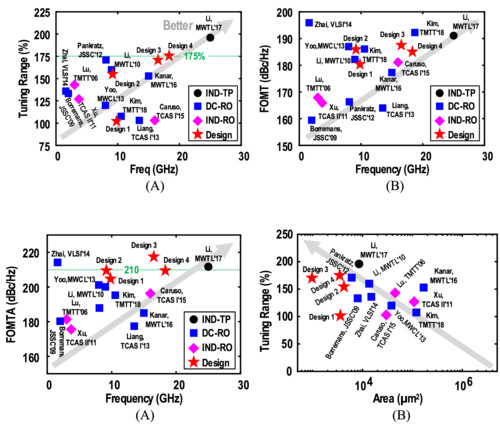
FIGURE 1. Comparison between the proposed method and prior state-of-the-art: (a) TR vs. frequency; (b) FOMT vs. frequency. FIGURE 2. Comparison between the proposed method and prior art: (a) FOMTA vs. frequency; (b) TR vs. area. These designs showcase the versatility and efficiency of the two-mode current-starved delay architecture, which offers wide tuning ranges, tiny areas, and competitive performance metrics for various applications in RF integrated circuits. Design 1 featured an inverter-based four-phase structure, with an output frequency range of 3.14–9.82 GHz, i.e., an RF tuning range of 103%, with phase noise ranging from 137.7 to 132.1 dBc/Hz at an offset of 100 MHz, figure of merit with tuning range and area (FoMTA) varying from 200.7 to 205.1 dBc/Hz, and area of 0.0036 mm2. In contrast, Designs 2/3/4, based on the new delay cell, featured 8/3/4 phases, with output frequencies in the ranges of 1.14–9.17, 1.26–16.53, and 1.15–18.32 GHz, respectively, resulting in increased RF tuning ranges of 155.8%, 171.7% and 176.4%, as well as phase noise at an offset of 100 MHz in the ranges of 142.1–138, 130.5–131.3, and 131.9–129.6 dBc/Hz, respectively. This yielded better FoMTAs in the ranges of 201.2–209.9, 205.3–217.9, and 194.1–209.9 dBc/Hz, thus allowing the VCOs to maintain consistent performance across the frequency band and occupy comparable or smaller silicon areas of 0.00425, 0.000972, and 0.00348 mm2 in the same 65 nm technology.
Overview of Main Electrolyzer Technologies and Power Electronic Converter Topologies for Enabling Hydrogen Production Through Water Electrolysis
- International Journal of Circuit Theory and Applications
- 3684-3718
- 1 Oct 2024
Graphical Abstract
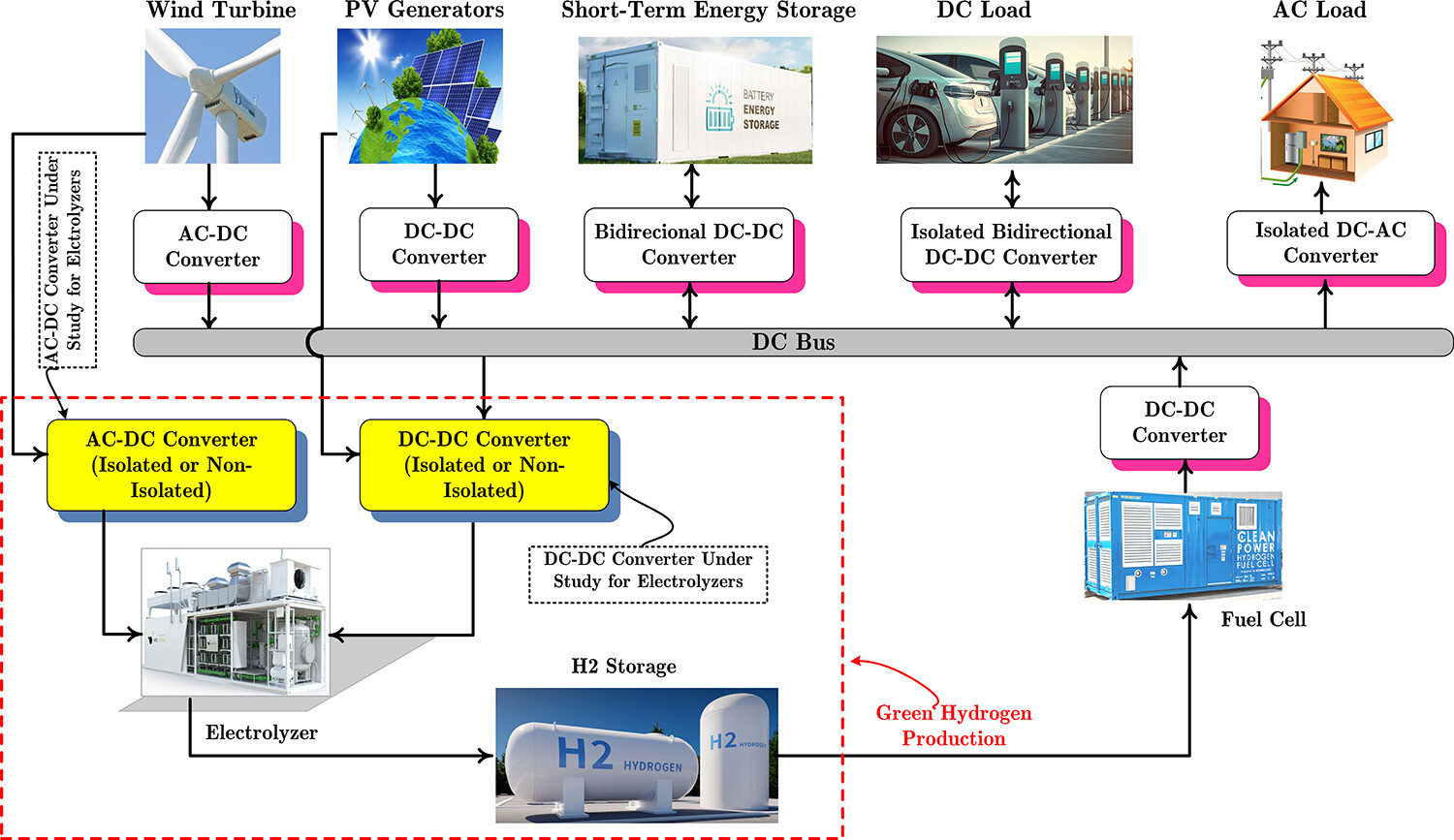
This manuscript provides an in-depth analysis of electrolysis, detailing various electrolyzers and evaluating their advantages and disadvantages. It extensively reviews DC–DC and AC–DC converters critical for green hydrogen production and explores power electronic systems, highlighting their importance and suggesting integration strategies to enhance the green hydrogen process.
A new‐high efficiency non‐isolated DC‐DC converter with combination of step‐up techniques
- International Journal of Circuit Theory and Applications
- 6275-6301
- 21 May 2024
Graphical Abstract

This paper introduces a novel high step-up DC-DC converter that utilizes switched inductor and switched capacitor techniques without the need for coupled inductors or transformers. The converter's design minimizes input current ripples and inrush currents, eliminating the need for auxiliary inductors and reducing component count, which enhances both economic and reliability aspects. The converter, tested in a laboratory setting, achieves a 94.51% efficiency, making it highly suitable for renewable energy applications such as photovoltaic systems and fuel cells.



